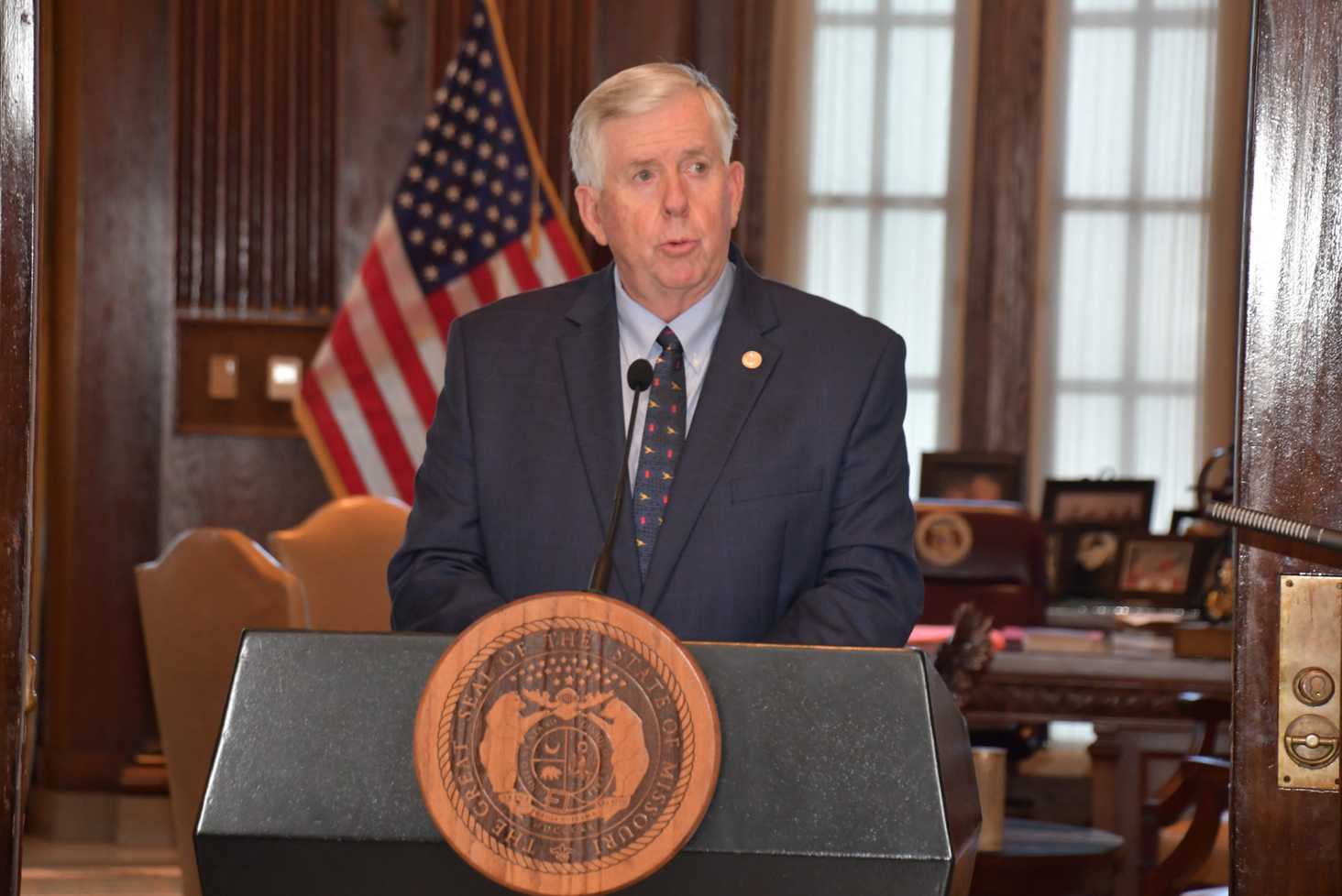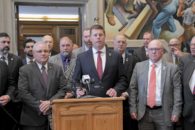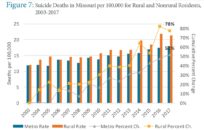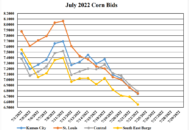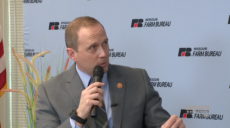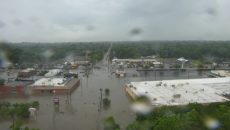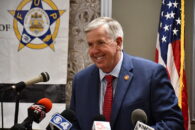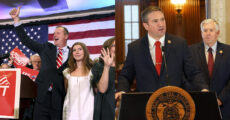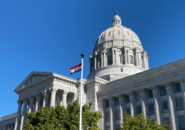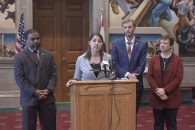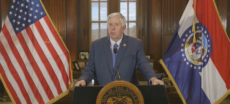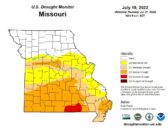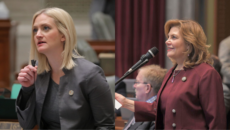JEFFERSON CITY, Mo. — Gov. Mike Parson ended Missouri’s COVID-19 state of emergency Friday afternoon after nearly a year and a half, replacing it with a new order focused on the state’s health care system.
Parson said Missouri’s overall health and economic situation had improved over the course of the original order, touting the state’s vaccination efforts and economic rebound.
“In the nearly 18 months we operated under this executive order, we have responded to the COVID-19 crisis by providing unprecedented levels of resources and support,” Parson said. “This order enabled us to respond to the unknown and everchanging needs of our state. Now, we know how to fight this virus and have a solution to ending the pandemic with the vaccine. Today, we are terminating this order as our situation no longer demands an expansive emergency declaration.”
The new order targets Missouri’s struggling health care system, which Parson noted has experiences staffing shortages as the delta variant tears across the country. The order activates the Missouri National Guard to continue providing support for recovery missions as needed and allows state agencies to apply for waivers from regulations that could obstruct the state’s response to the pandemic.
”Like all Missourians, we want this crisis to end and to close this chapter. However, while we are shifting our operations, we must maintain flexibility to aid our health care system and adapt to the challenges we face,” Parson said.
Regulatory and statutory waivers still active under the prior order will remain in place, while new exemptions will target health care agencies.
The new order will remain in effect through the end of the year. The original state of emergency, initially declared on March 13, 2020, was extended four times and was set to expire on Aug. 31.
Missouri reported 11,738 new COVID-19 cases in the past seven days and 55 deaths. More than 62 percent of the state’s adult population has received at least an initial dose of a vaccine, and 54 percent are fully inoculated.

Cameron Gerber studied journalism at Lincoln University. Prior to Lincoln, he earned an associate’s degree from State Fair Community College. Cameron is a native of Eldon, Missouri.
Contact Cameron at cameron@themissouritimes.com.

